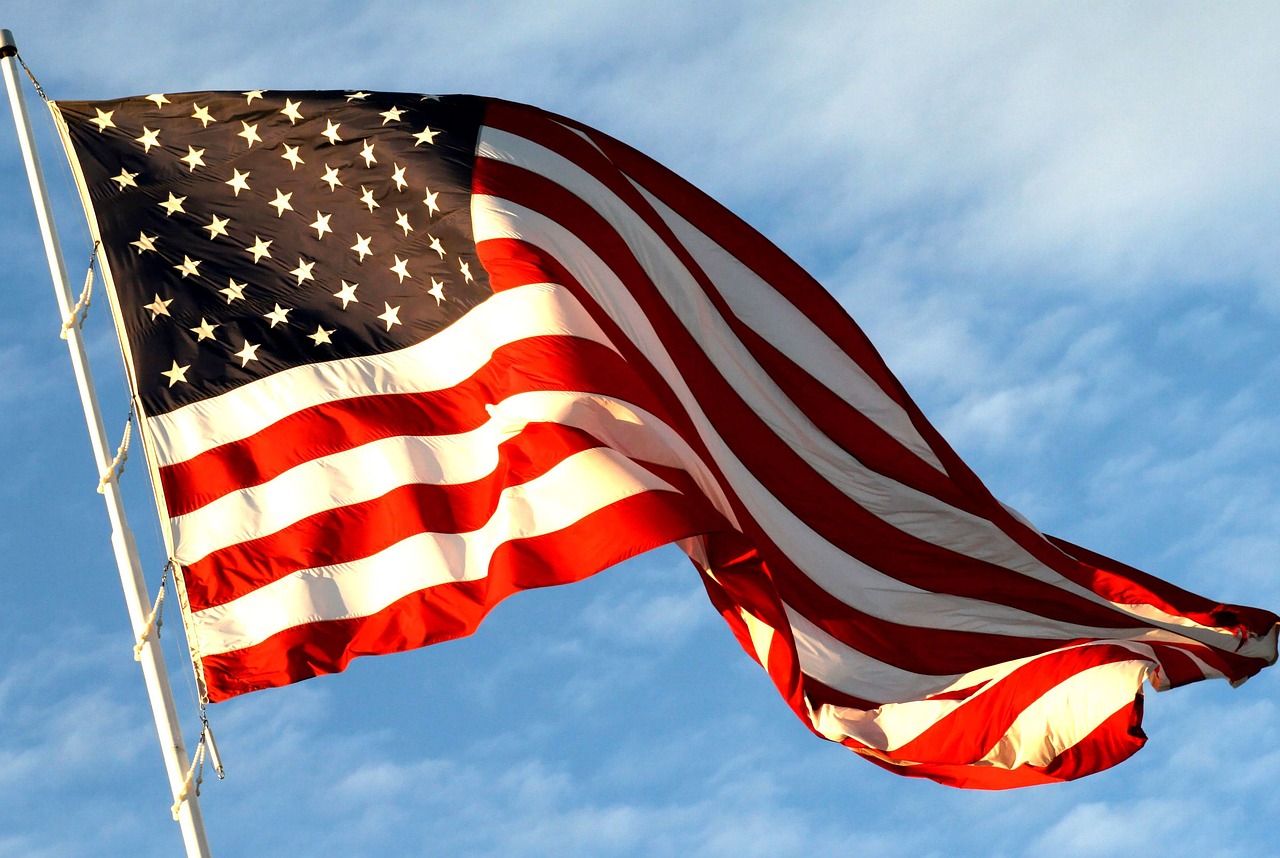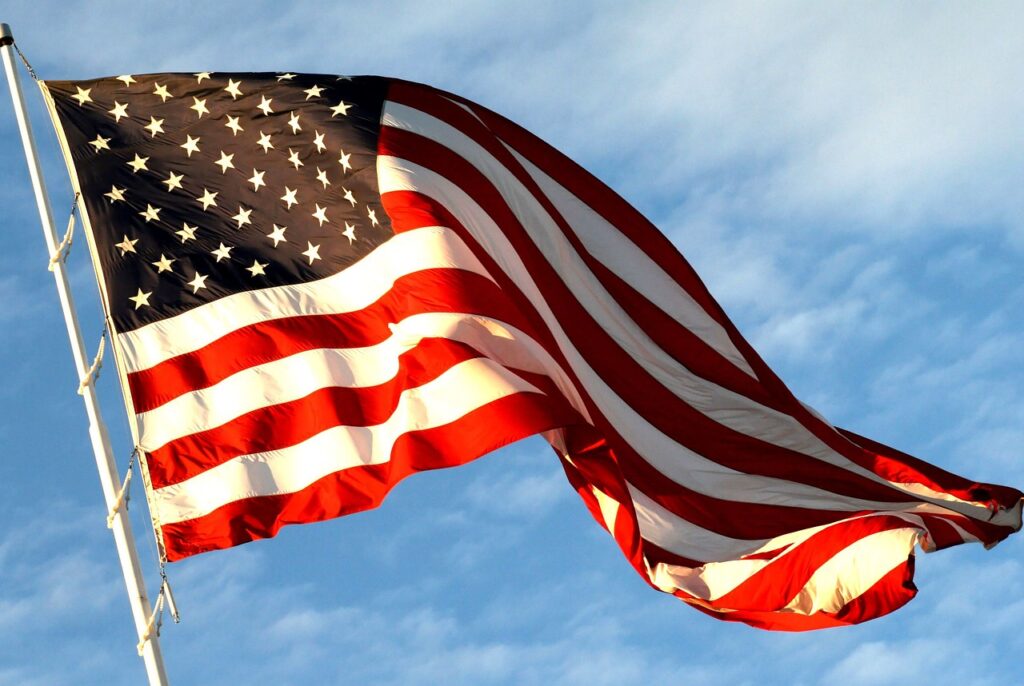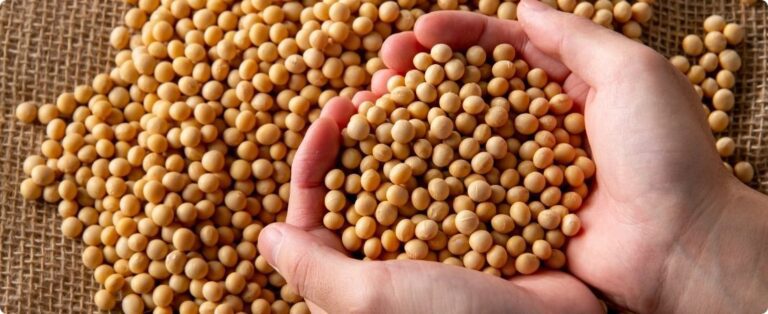
Image: Pixabay
Scattered rains returned to the North American “Corn Belt”, points out the specialized portal Agriculture. After an “incredibly dry” June, the beginning of July saw the return of much-needed rain to parts of the corn-growing region. However, the drought continues and several key states still need moisture,” says editor Krissy Klinger.
According to data from WeatherTrends360, June 2023 was the third driest in more than 30 years, and the driest since 2012 for the main cereal producing region in the United States. For some states like Iowa and Minnesota, it was the fifth consecutive year with below-average rainfall during the month of June.
{module Form RD}
On the other hand, in the first full week of July, the week ending July 8, there was a mix of precipitation trends across the U.S. Corn Belt. “Previously, we discussed that the dry pattern should change as we get closer to July and we started to see exactly that,” Klinger points out.
“Minnesota and Iowa once again tended to be drier than normal during the week, and scattered showers brought areas of 1 to 2 inches of weekly rain from Pennsylvania to Illinois, as well as from eastern South Dakota to Oklahoma. According to data from WeatherTrends360, the week ending July 8 was the 14th wettest in more than 30 years for the Corn Belt overall, with precipitation trending close to average but much less than last year for the same period”, he adds.
According to Agriculture, mixed rain is expected to continue during the week ending July 15. “While much of the Corn Belt is projected to receive at least some amount of moisture, the states' total weekly amount of above-normal rainfall is most likely in the western Corn Belt. Temperatures for the week are expected to be lower than normal, but some days in the middle of the week may be a little warmer than normal”, he concludes.
Source: Leonardo Gottems | agrolink
{module Read Also}











